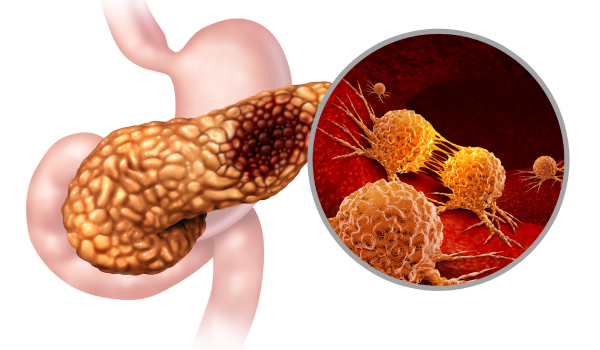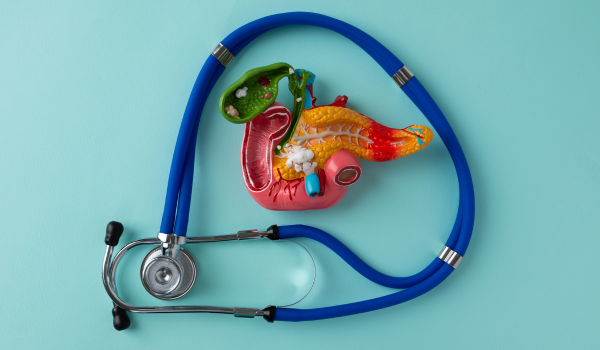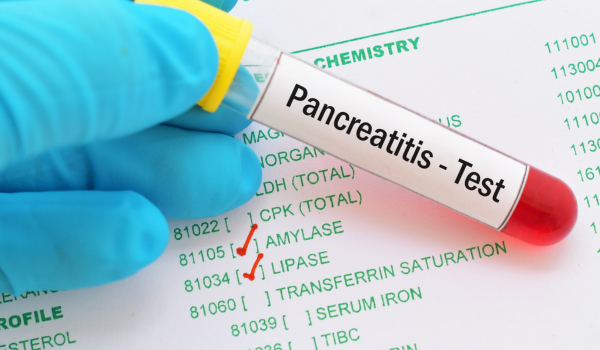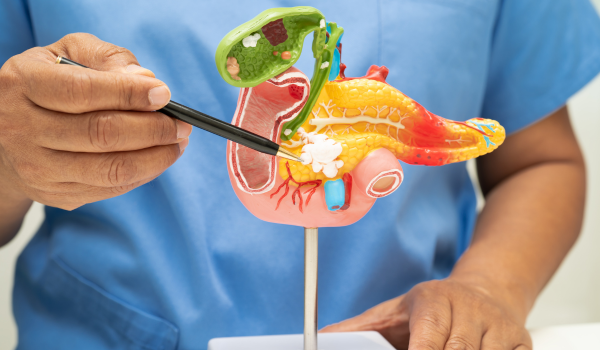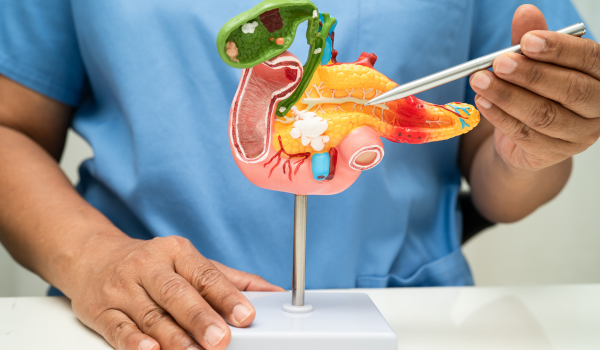
Understanding Pancreatitis
Pancreatitis is an inflammatory condition affecting the pancreas, a small but essential organ located behind the stomach. This organ plays a vital role in digestion by producing enzymes and regulating blood sugar through insulin production. When the pancreas becomes inflamed, its normal functions are disrupted, leading to a range of symptoms that can vary from mild discomfort to life-threatening complications.
Recognizing the signs early is critical, as untreated pancreatitis can lead to serious health issues, including organ failure.
Abdominal Pain
One of the most prominent and classic symptoms of pancreatitis is upper abdominal pain. This discomfort is usually felt in the center or upper left side of the abdomen and may radiate to the back.
In acute cases, the pain often starts suddenly and intensifies over time, becoming severe and persistent. Eating, especially foods high in fat, can make it worse.
In chronic pancreatitis, the pain may be less intense but more constant, sometimes coming and going over months or years. This ongoing discomfort is a key sign that should never be ignored.
Pain Radiating to the Back
Pancreatitis-related pain doesn’t always stay confined to the abdomen. Many patients describe a deep, penetrating pain that moves toward the back, often between the shoulder blades.
This type of referred pain occurs because the pancreas is located near the back of the abdominal cavity. If you notice back pain that coincides with abdominal discomfort—especially after eating—it could be an important warning signal.
Nausea and Vomiting
As the pancreas becomes inflamed, digestive processes are disrupted. This can lead to persistent nausea and episodes of vomiting.
While nausea can occur in many illnesses, in pancreatitis it tends to be prolonged and is often accompanied by other symptoms such as pain and bloating. Vomiting may not bring relief, and repeated episodes can cause dehydration, further complicating the condition.
Bloating and Abdominal Swelling
Inflammation of the pancreas can cause the abdomen to feel swollen and tight. Gas buildup and impaired digestion can lead to bloating, which may worsen after meals.
Abdominal distension in pancreatitis often accompanies pain, making it difficult to find a comfortable position. This swelling may also signal more severe inflammation that requires prompt medical assessment.
Fever and Chills
A fever is the body’s natural response to inflammation or infection. In pancreatitis, fever often indicates a worsening condition, possibly due to infection or necrosis of pancreatic tissue.
Mild fever can occur in less severe cases, while high fever with chills may suggest complications such as infected pancreatic fluid collections. This symptom should always prompt medical evaluation.
Rapid Heart Rate
An increased heart rate (tachycardia) is common during episodes of pancreatitis. It may result from pain, fever, dehydration, or the body’s stress response to inflammation.
If you notice a fast heartbeat combined with other signs like abdominal pain and vomiting, it could point toward an acute inflammatory episode that needs urgent attention.
Unintentional Weight Loss
In chronic pancreatitis, long-term inflammation damages the pancreas and reduces its ability to produce digestive enzymes. This leads to malabsorption of nutrients, which can cause significant weight loss despite a normal or increased appetite.
Fatty stools (steatorrhea) often accompany this symptom, as undigested fats pass through the digestive system.
Greasy or Foul-Smelling Stools
Pancreatic enzyme deficiency in chronic pancreatitis can lead to pale, greasy, and foul-smelling stools. These stools may float in water and be difficult to flush away due to high fat content.
This symptom reflects fat malabsorption and is a clear sign that the digestive system is not functioning properly, requiring enzyme supplementation or dietary adjustments.
Jaundice
Some cases of pancreatitis—particularly those caused by gallstones—can lead to jaundice. This condition results in yellowing of the skin and eyes due to a buildup of bilirubin in the blood.
Bile duct obstruction from inflammation or gallstones can trigger this symptom. Jaundice should always be treated as a medical emergency, as it may indicate both pancreatic and liver involvement.
Low Blood Pressure and Dizziness
Severe pancreatitis can cause systemic inflammation that lowers blood pressure. This may be accompanied by dizziness, lightheadedness, or even fainting.
In critical cases, dangerously low blood pressure can progress to shock, a life-threatening condition requiring immediate emergency care.
Changes in Blood Sugar Levels
Since the pancreas regulates insulin production, inflammation can disrupt blood sugar control. Some patients may experience sudden spikes or drops in blood glucose levels.
Over time, chronic pancreatitis may damage insulin-producing cells, increasing the risk of diabetes.
Chronic Fatigue
Persistent inflammation and nutrient malabsorption can lead to ongoing fatigue. In chronic pancreatitis, this exhaustion often develops gradually and can significantly impact daily life.
Fatigue may also be a result of anemia, electrolyte imbalance, or the body’s constant effort to fight inflammation.
When to Seek Immediate Medical Attention
If you experience sudden, severe abdominal pain—especially with vomiting, fever, or jaundice—seek medical help immediately. Acute pancreatitis can worsen quickly and lead to complications such as organ failure or pancreatic necrosis.
Prompt diagnosis through blood tests and imaging can prevent long-term damage and improve recovery outcomes.
Complications If Left Untreated
Ignoring the signs of pancreatitis can lead to severe complications, including:
-
Pancreatic pseudocysts
-
Infected pancreatic tissue
-
Organ failure (lungs, kidneys, heart)
-
Malnutrition
-
Diabetes
-
Increased risk of pancreatic cancer
Early intervention is key to avoiding these outcomes.
Final Thoughts
Pancreatitis is not a condition to overlook. While some symptoms may mimic other digestive issues, the combination of severe abdominal pain, digestive disturbances, and systemic signs like fever or jaundice should always raise concern.
Awareness of these symptoms can lead to earlier diagnosis, more effective treatment, and a better chance of avoiding complications.


